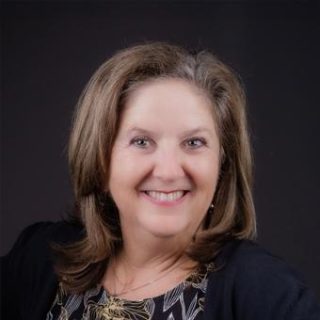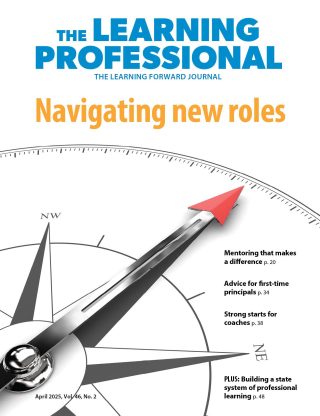Read the remaining content with membership access. Join or log in below to continue.
Sed ut perspiciatis unde omnis iste natus error sit voluptatem accusantium doloremque laudantium, totam rem aperiam, eaque ipsa quae ab illo inventore veritatis et quasi architecto beatae vitae dicta sunt explicabo. Nemo enim ipsam voluptatem quia voluptas sit aspernatur aut odit aut fugit, sed quia consequuntur magni dolores eos qui ratione voluptatem sequi nesciunt. Neque porro quisquam est, qui dolorem ipsum quia dolor sit amet, consectetur, adipisci velit, sed quia non numquam eius modi tempora incidunt ut labore et dolore magnam aliquam quaerat voluptatem.
Connecting the Standards for Professional Learning
As the introduction to the Standards for Professional Learning states, “They are the essential elements of professional learning that function in synergy to enable educators to increase their effectiveness and student learning” (Learning Forward, 2011, p. 14).
| standards ′ | Learning Communities | Leadership | Resources |
| Questions and linksAt right are several questions that explore how the Outcomes standard integrates with the other six standards. |
• How are learning communities developing clear outcomes for students and educators?
• To what degree do learning community members align the goals of various initiatives with the school, district, state/provincial goals for student achievement? • How do learning community members demonstrate collective responsibility for educator and student outcomes? |
• How do leaders model and build capacity to align educator and student learning outcomes?
• In what way are leaders, administrators, and teacher leaders purposefully and intentionally building coherence in plans for professional learning? • What strategies do leaders use to strengthen connections among the many professional learning experiences? |
• How do outcomes for educators and students influence decisions about professional learning resource allocation?
• In what ways do explicit outcomes for educators and students influence how resource use is monitored and evaluated? • To what degree do district and school leaders understand how resource allocation and use influence outcome attainment? |
As JSD examines each standard individually, we will also demonstrate the key connections between and among all seven standards.
| Data | Learning Designs | Implementation | Outcomes |
| • How are data about student and educator performance used in determining outcomes for professional learning?
• In what ways do decision makers, policymakers, and other stakeholders use defined outcomes to determine the effectiveness of professional learning? • How are educators using benchmarks to assess progress toward the intended outcomes of professional learning? |
• In what ways do educator and student outcomes influence decisions about professional learning?
• Who selects learning designs for professional learning, and how do they use intended outcomes in the decision-making process? • To what degree do professional learning designs reflect or model educator outcomes? |
• How do benchmarks toward the outcomes guide implementation support and feedback?
• To what degree does the nature of the outcome (e.g. its complexity, degree of change expected, etc.) influence the type and duration of implementation support? • How do coaches, teacher leaders, principals, and other external assistance providers use the intended outcomes of professional learning to plan ongoing support for implementation? |
• In what ways are student content standards used to inform decisions about professional learning?
• In what ways are educator effectiveness standards used to inform decisions about professional learning? • How do those responsible for and engaging in professional learning build coherence among professional learning, educator performance, and student content standards? |
Learning Forward is the only professional association devoted exclusively to those who work in educator professional development. We help our members plan, implement, and measure high-quality professional learning so they can achieve success with their systems, schools, and students.
Recent Issues
LEARNING DESIGNS
February 2025
How we learn influences what we learn. This issue shares essential...
BUILDING BRIDGES
December 2024
Students benefit when educators bridge the continuum of professional...
CURRICULUM-BASED PROFESSIONAL LEARNING
October 2024
High-quality curriculum requires skilled educators to put it into...
LEARNING TO PIVOT
August 2024
Sometimes new information and situations call for major change. This issue...













